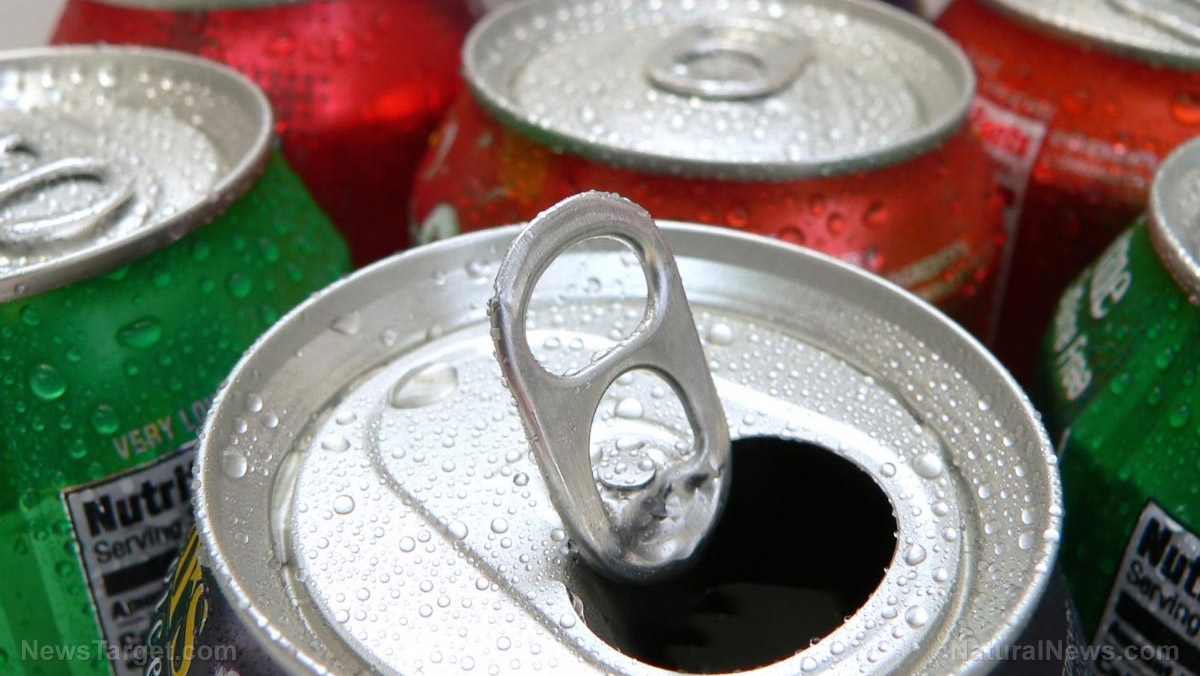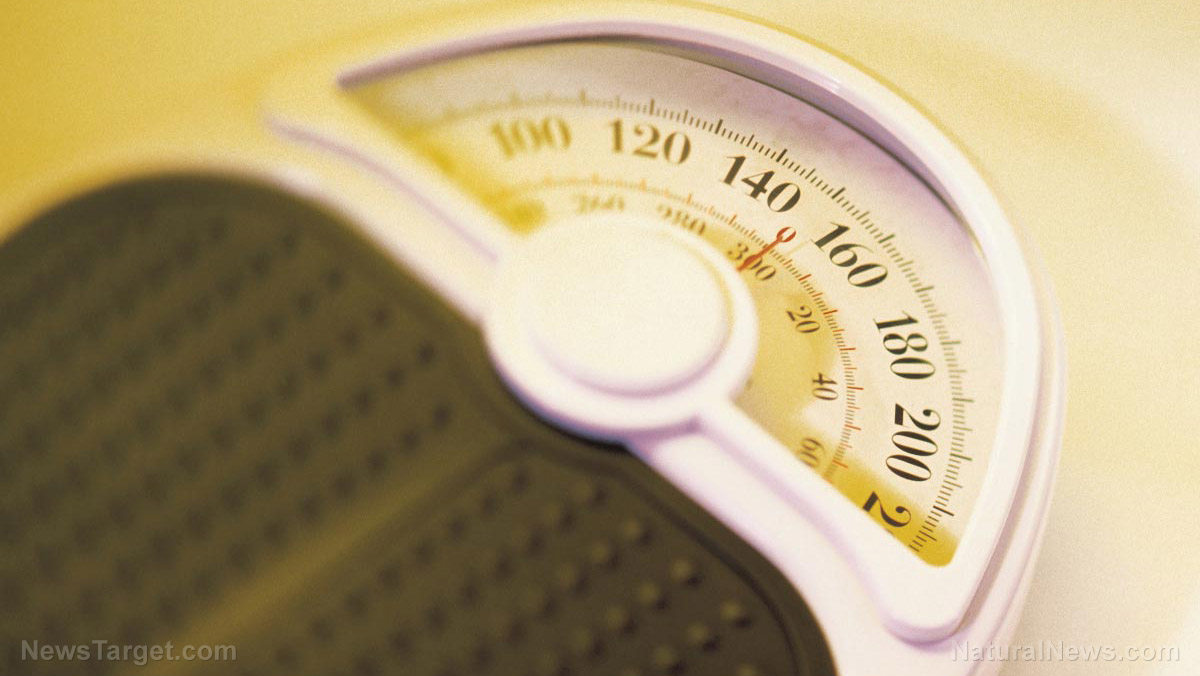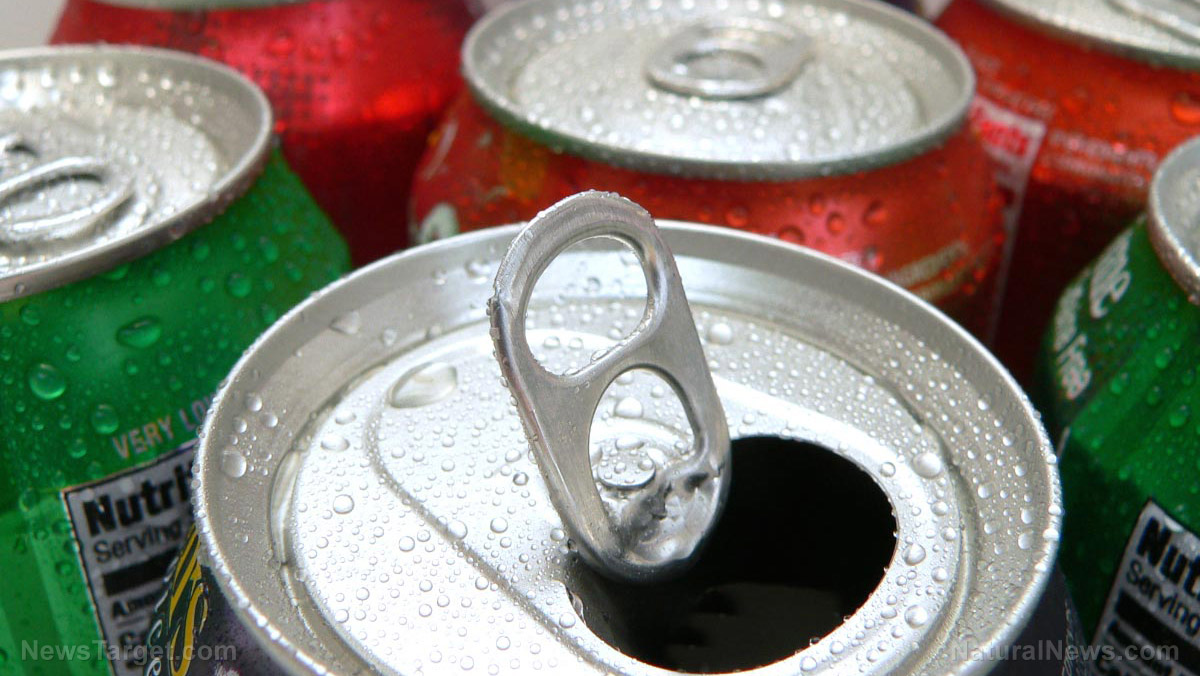Experts debate placing graphic warnings on sugary drinks
09/01/2018 / By RJ Jhonson

There is little doubt regarding the negative effects of sugar on human health, but the increasing incidence of diabetes worldwide proves that just repeating the facts is not enough to prevent people from indulging in sweets. Therefore, scientists are considering if it would be more effective to use graphic labels to remind people of the risks associated with consuming too much sugar.
It isn’t that they hadn’t tried other means. In 2013, researchers provided a group of McDonald’s customers with recommendations of how many calories they needed per meal or in a day. The researchers wanted to know if this information would cause any change in the diners’ eating choices. Unsurprisingly, it did not.
Recalling the success of graphic labels and images in cigarettes, a team of researchers from Harvard University decided to look into using the same strategy, but for sugary beverages. They conducted three studies comparing the effectiveness of caloric, text, and graphic warnings and published the results in the publication Psychological Science.
They conducted the first part of the study in a cafeteria in a Massachusetts hospital. They posted two warnings. One contained just words that said, “WARNING: Drinking beverages with added sugar(s) contributes to obesity, diabetes, and tooth decay.”
The other warning contained the same words accompanied by three images: A mouth with some teeth missing and others decayed; the bare upper body of an obese person; and insulin being injected into a human abdomen. Both warnings were posted for 14 weeks.
They found that the text warning did nothing to reduce the number of sugary beverage purchases. In contrast, the graphic warning was able to decrease the number of purchases by up to 15 percent.
In the second study, they investigated the underlying psychological mechanisms that affected the effectiveness of the graphic-warning-label intervention. This was done through an online survey.
All participants were asked to imagine themselves buying a drink. Those in the control group were shown the logos of their favorite beverages. Those in the experimental group saw graphic images. All participants were then asked to answer questions.
The individuals in the experimental group reported experiencing negative emotions and being more conscious of their health choices. They were also more inclined to favor water over sugary drinks. The authors interpreted this as proof that graphic labels directed the attention of consumers toward the risks of choosing sweet beverages.
The final study looked into how people feel about the use of graphic labels through another online survey. In it, participants were shown calorie, text, and graphic labels. They were then asked which labels they supported.
The graphic labels initially got the least support, but when the participants were informed that these images were the most effective at reducing the purchase of sugary beverages, the respondents became more supportive.
The authors of the study took this to mean that not only are graphic labels more effective, they are also supported by the public as long as it’s proven that they do work.
The dangers of sugar
Sugar is sweet, but its effects on the body – not so much. Here are some of the bad effects of too much sugar on one’s health.
- It causes weight gain – Eating too much sugar only makes one crave more sweets. Consuming too much fructose, a type of simple sugar, also makes a person resistant to leptin, a hormone that tells the body when it’s time to stop eating.
- It can cause acne – A study on teenagers found that those who ate added sugar had a 30 percent greater risk of developing acne than those who don’t.
- It causes diabetes – Consuming sugar causes resistance to insulin, a hormone that regulates blood sugar levels. Studies have shown that people who drink sugary beverages, fruit juices included, are more likely to have diabetes.
- It causes heart disease – Having too many sweets can lead to obesity, one of the biggest risk factors for both heart disease and diabetes. A study reported that those who consumed 17 to 21 percent calories from sugar had a 38 percent greater risk of dying than those who had less.
- It can cause cancer – Insulin resistance stemming from sugar consumption increases one’s risk of developing cancer. Furthermore, having too much sugar has been linked to greater risks of esophageal cancer, as well as endometrial cancer in women.
- It can cause depression – The spikes in blood sugar caused by consuming sweets have a negative impact on one’s mental health. Studies have proven that too much sugar can increase the risk of developing depression in both men and women.
- It can deplete energy levels – As carbohydrates, sugar is technically the body’s main source of energy. Too much of it, but without accompanying nutrients like fats and proteins, leads to rapid drops in both blood sugar and energy levels. To avoid these crashes, it’s best to accompany carbs with proteins, fats, or dietary fiber.
Learn why you need to control your sugar intake by visiting DiabetesScienceNews.com.
Sources include:
Tagged Under: corn syrup, diabetes risks, food labeling, graphic warning labels, liquid sugar, risks of sugar, soda, sugar consumption, Sugars, sugary drinks




















